
Walks With Woody
Share
Woody is our Sealyham terrier. Goodness knows why Sealyhams fell out of favour - they're fabulous small dogs, and we love him to bits. It's fair to say he has had a busy time of it during COVID-19. He's been doing a lot of walking. Here he is sporting his shaggy lockdown look.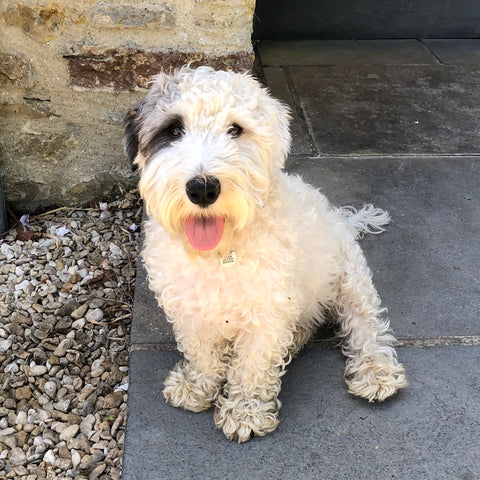
Woody has been doing his best to keep us sane over the last 101 days (and counting). We've been largely holed up in our Somerset fastness, and he has been a reason to get up in the morning and walk during the day. Woody has been doing a lot of hanging around too, as his human has taken a photo of a different wildflower on every walk, every day, which he has posted on Instagram.
We're blessed to live in a beautiful part of the world, and to start with it seemed a good way to celebrate it, to improve my (very basic) botany, and to get me to look at the natural world more closely.
I'm even less of a photographer than I am a botanist, but I have really enjoyed my COVID project. It has reinforced some ideas which are really key to our corporate philosophy too.
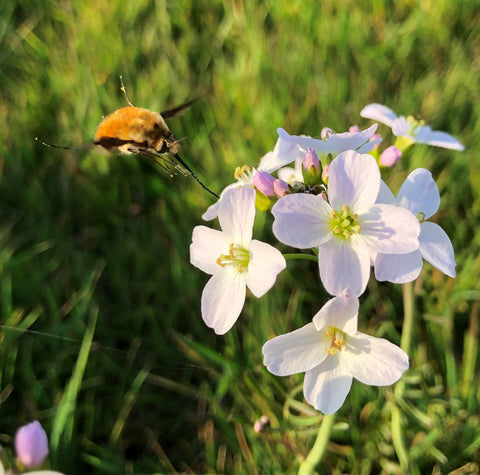
I have been amazed at the sheer number, beauty and diversity of plants I've noticed around me. OK, we're not living in EC1, but even with my basic skills the fact I've identified so many has been a reminder of the fantastic diversity of our flora. This Cuckoo flower (with Bee-fly) was in a field full, just over the road from us.
I feel much more in tune with my surroundings too. Through the photos I've posted on Instagram I can see the flowering sequence around me, from March to high summer. I can remember pretty much each walk by the photo I've taken, and exactly where I've taken it. This Fritillary was very local, struggling in the dry weather and blowing about in one of those north easterlies which plagued us through April.
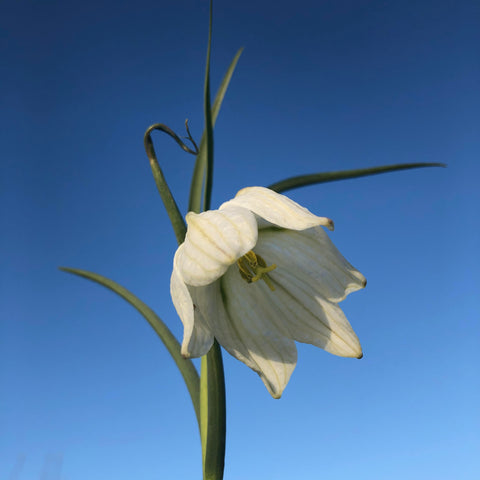
We are blessed to live within 5 minutes drive of three very different landscapes, so you can see at first hand the variation and different appearance of the flora.The area immediately around the house is heavy clay, but up the hill we have greensand and a little further - on the western edge of the Wiltshire Downs - chalk. We are blessed with ancient wood pasture and woodland, and some spectacular areas of unimproved grassland. There's a lovely old hay meadow with permissive access across it and some Salisbury Plain , beautifully managed by the National Trust. These sites are simply staggering.
They're staggering not just in the biodiversity they support, their complexity and age. They're also achingly beautiful. I find this very difficult to convey. These landscapes are so immersive and visually complicated that photographs - or even videos - don't really capture them. Certainly not the photos I take!

People are sometimes disappointed by grasslands. It's rare that you see so much wildlife as here (Small scabious with Six spot burnet and Cistus foresters - I think!). They don't have the instant appeal of a blaze of bright primary colours; their pleasures are much more subtle. When they make a little meadow area in their back garden they're often looking for lots of bright colour, and are largely blind to the beautiful thing they have actually created. Some meadow plants - like this Meadow cranesbill - are, of course, vibrant and bright.
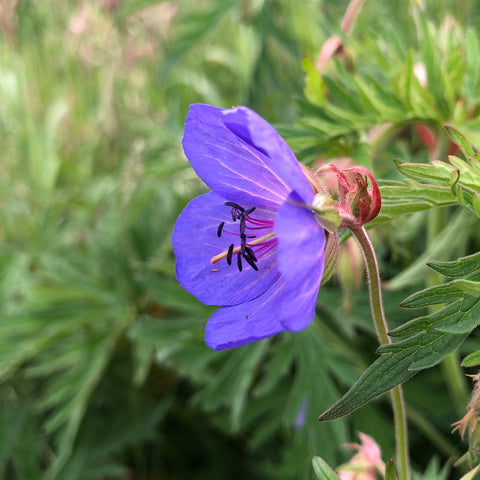
I suppose this was another reason why my response to the landscape is to take close up photos of individual flowers. When you start looking up close at these plants - some of them are very common - they are, simply, quite stunning and wholly unexpected. We've just forgotten how to see them. These meadow buttercups took me by surprise in the middle of the weirdly hot spell in May:
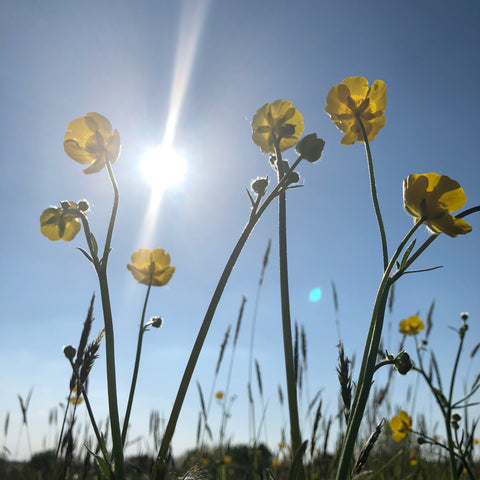
I've also tried to post photos showing insects - not just big fluffy photogenic bumblebees, but all sorts. I couldn't resist this Common carder bee and Viper's bugloss though!

There is of course an intimate relationship between the local flora and fauna, particularly insects. We just don't talk or think about this enough. The more we learn to see it, the more we will understand its importance.
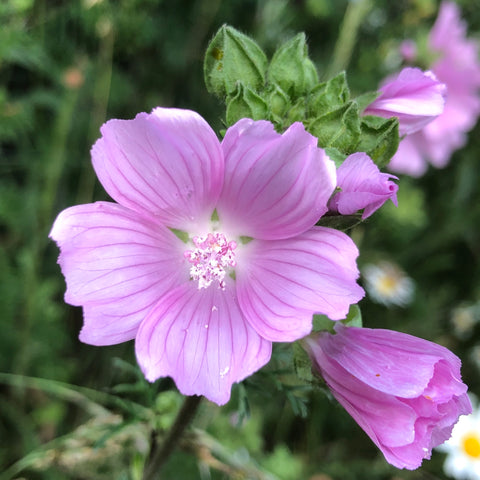
Anyway, follow us on Instagram and you'll find more photos of flowers - and the odd one of Woody.

